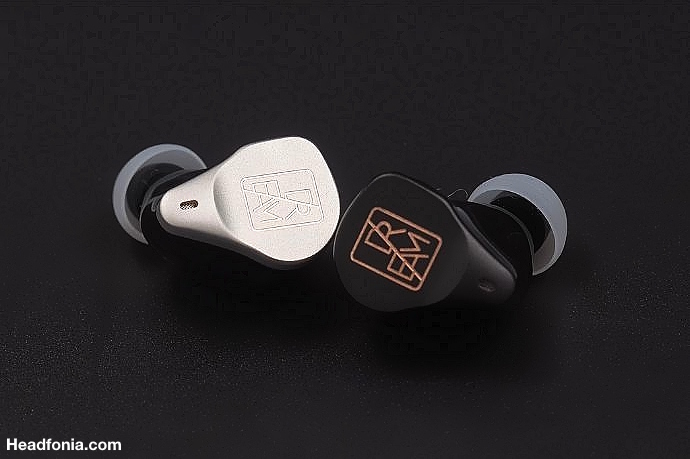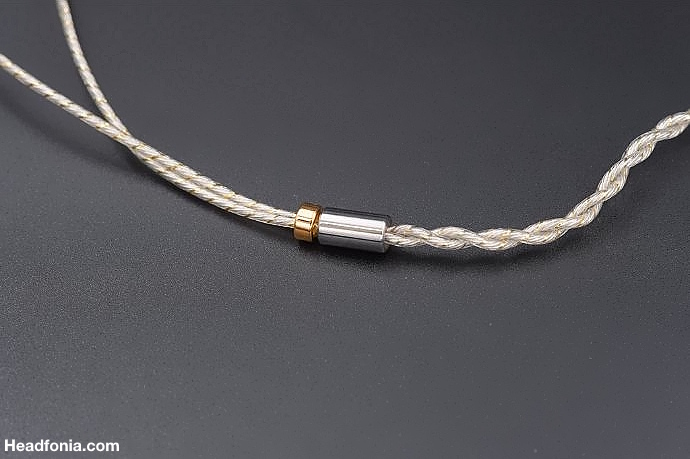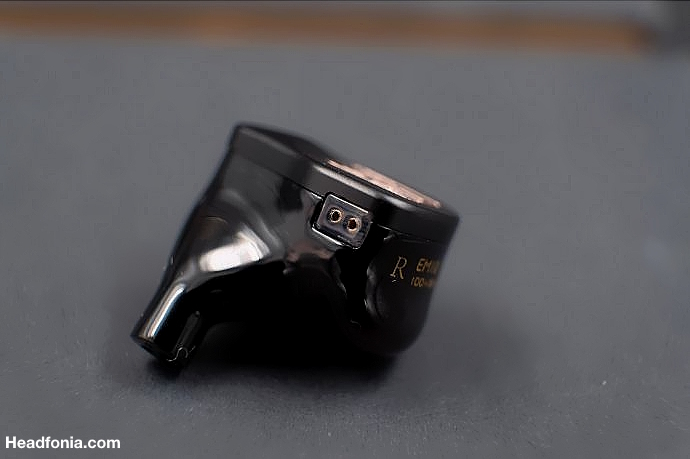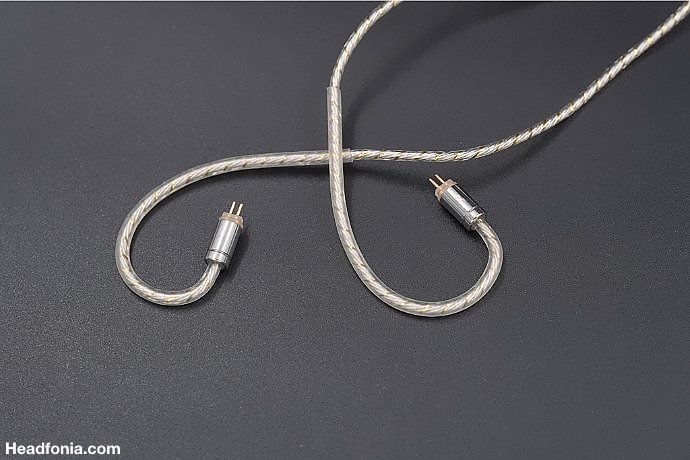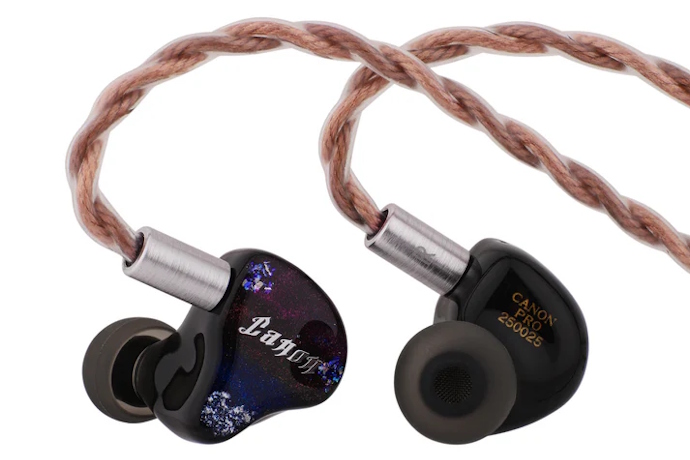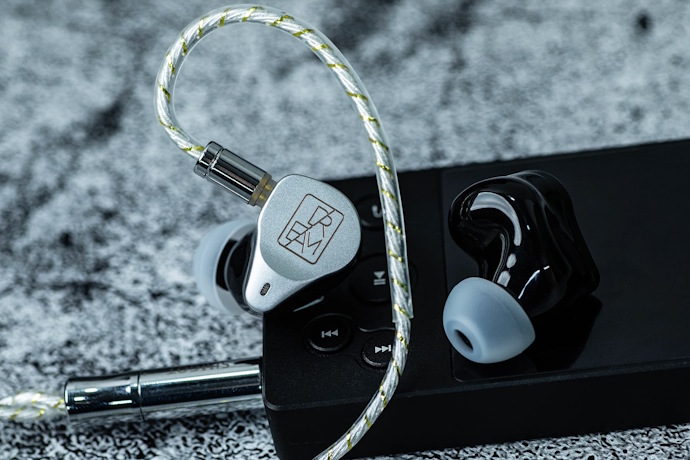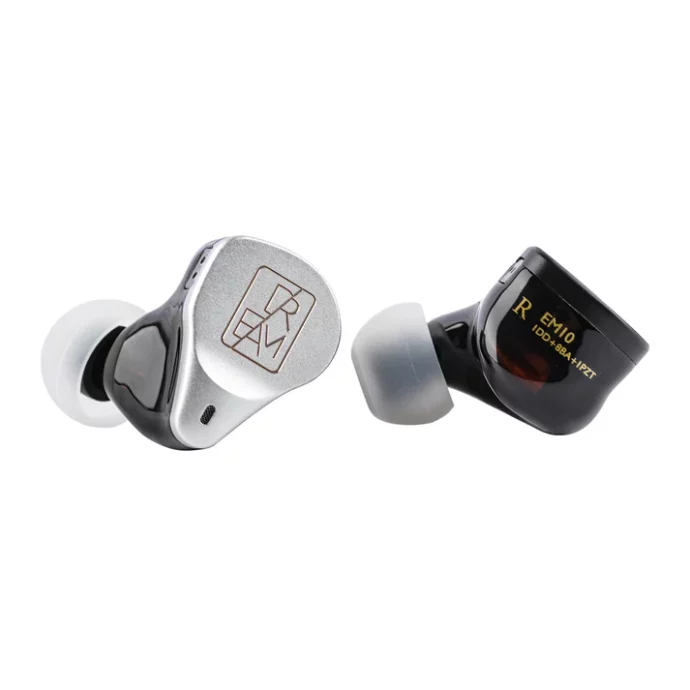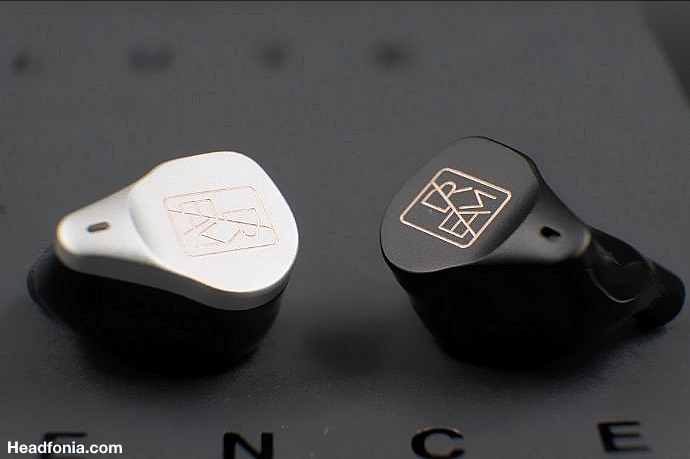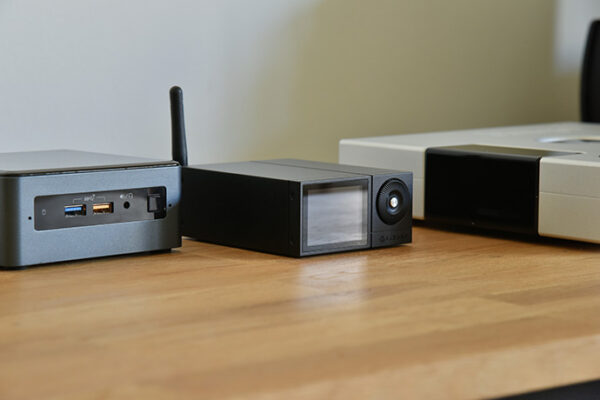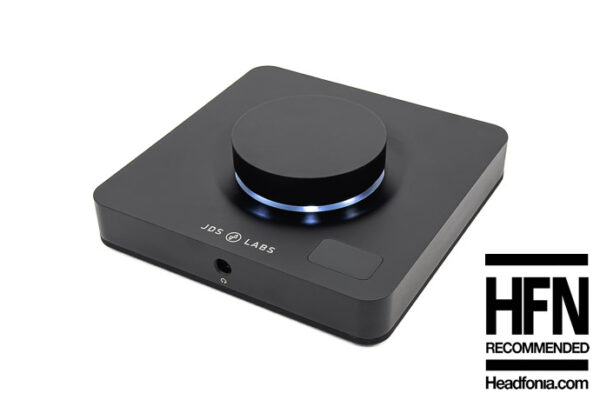If Google is showing you this page directly, click here to go to the start of the article.
Bass
As is customary of the Harman tuning, the sub-bass is boosted, and the boost isn’t exactly subtle. The elevation tapers off once we get into midbass, so the tuning trades thump for rumble. Overall, the bass is quite clear but visceral and meaty as expected from a dynamic driver.
With electronica tracks that utilize sub-bass more to get their point across, the EM10 works very well. Lorn, Moderat, Massive Attack – all sounded predictably impressive with good delineation of bass lines and little bloom to muddy things up.
More traditional rock music, where kick drums and string bass reign supreme, worked okay, but IEMs with a tuning akin to JM-1 or the so-called “New Meta” do a better job of translating boogie. Tracks with little sub-bass content can sound a bit thin because they don’t excite the boosted region.
Midrange
Usually, I have very little to comment on balanced armature midrange, it’s almost always linear and neutral. By choosing the Harman tuning, Simgot have opted for relatively recessed mids when compared to the extremes of the frequency band. With that said, midrange technicalities are more than fine for all genres.
The midrange can seem a tad cold at times, and tracks with prominent vocals can lose their magic a tad. It’s not really a problem with Portishead or Hooverphonic where vocals are a bit withdrawn or even cold by themselves. Same goes for more acerbic genres like death metal – there’s enough resolution to actually understand the lyrics and ponder the futility of existence or something along those lines.
Treble
The Simgot EM10 uses two types of drivers to render treble. Treble-proper is handled by balanced armatures, and the overtone range is handed over to a piezoelectric transducer. Due to the recessed mids, the treble region sticks out a bit more, but not to the point of inducing excessive ear fatigue.
Most of the treble range is played by the armature drivers, and the piezo supertweeter just takes off on the top octave. I’m happy to report that there’s almost no piezo timbre, and the air band is nice and detailed. The piezo driver does a good job of rendering the atmosphere captured in the recording and leaves almost no trace of itself.
I’m sure that electret-equipped IEMs can manage a more impressive treble, provided the drivers work together in a seamless unison. Simgot, as always, are masters of driver integration and nothing really sticks out.
Soundstage and Imaging
The EM10 is Simgot’s most technically capable IEM to date. Before that, I felt that the EA1000 was quite accomplished for the price, and taking into account that it’s a single-driver IEM. I’m also happy to report that the technical performance isn’t artificially exaggerated by treble emphasis.
When it comes to imaging, the Simgot EM10 throws an equal amount of space both front to back as well as side to side. I have heard wider IEMs in both dimensions, but usually they sacrifice one for the other. As always, the actual imaging performance is very recording-dependent, so more intimate recordings won’t sound as vast and wide as the audiophile favorite Jazz at the Pawnshop.
Comparisons
VS Yanyin Canon Pro
I have a bit of a soft spot for both Simgot and Yanyin as both companies often offer unorthodox tunings in their IEMs instead of just sticking to what’s popular at the time. Yanyin Canon Pro is a hybrid with a 4-way crossover that divides the signal up for a single dynamic driver and six balanced armatures.
In terms of build quality, the Simgot EM10 looks better, mostly due to the metal faceplates, but the Canon Pro trades in a punch with its metal nozzles, which have nice retention lips. Both IEMs are very similar in size. As for the sound, the Canon Pro is warmer and more realistic sounding, whilst the EM10 wows with better technicalities, likely due to the tribrid design.
The Canon Pro can be further customized by the tuning switches.
VS Softears Volume S
This is one of my favorite releases of 2024 and my intro into the JM-1 tuning curve. This hybrid IEM uses an unusual driver setup with two dynamic drivers, where one handles the very lows and the other helps with the treble. On top of that, there are also two almost full-range balanced armatures which do their own thing.
The impedance switch seemed interesting at firs,t but I vastly prefer the low impedance mode.
In terms of build and accessories, I’d rate the Volume S higher than the Simgot EM10, but not by much. When it comes to sound, the two IEMs couldn’t be more different. The Volume S is a sultry midrange specialist that nails cohesion so much you’d be forgiven for mistaking it for a single driver affair.
The EM10 is more accomplished when it comes to technicalities, but it sounds colder and can feel unnatural compared to the Softears IEM.
VS Letshuoer Mystic 8
I was ready to write off the Mystic 8 as a gimmick IEM, but after listening, it quickly became my tonal and technical reference for IEMs under a kilobuck. It uses an all-BA ensemble of 8 drivers with a 3-way crossover. The IEMs come with a “gift box” which contains a steel necklace and a cat-themed ring.
Listening to the Simgot EM10 right after the Mystic 8 does a great job of highlighting where the EM10 falters. In comparison to the Mystic 8, I could detect a bit of piezo crunch in the upper registers and evaluate the magnitude of the sub-bass boost.
I was surprised to hear that the EM10 isn’t trailing far back in terms of sheer resolution and, in many cases, was a more fun listen than the noble Phantom Cat that is the Mystic 8.
Pairing notes
I’d make sure the accompanying electronics to the Simgot EM10 are a bit warm-sounding because it’ll balance out the slight coldness. My favorite pairing ended up being the Centaurus R2R DAC together with the Aune S17 Pro EVO amplifier, which is slightly warm but exceedingly capable in terms of resolution and imaging.
I also have to admit that with the Simgot EM10, I ended up doing more cable rolling than usual because I’m not a big fan of the stock cable looks. My favorite pairing ended up being my super stiff DIY pure silver cord, with the ddHiFi BC130 Net (Nyx Net) being close second.
While I don’t think that buying an extra multi-hundred-dollar cable is worth it here, the improvement was audible. I’ll add that, ergonomically, both cables were worse than the stock one due to microphonics.
Conclusion
After spending a few months with the Simgot EM10, I can say with confidence that it’s a solid release. The unboxing experience is unusually luxurious for the price range but very much in line with what I’m expecting from Simgot, who always deliver excellence here.
I’m less enthusiastic about the assortment of eartips included, but they do the job okay. And it’s a common complaint of mine and many of my colleagues with IEM releases nowadays.
In terms of sound, we get a competent implementation of the Harman 2019 in-ear target with some flourishes mainly coming from the extremely proficient use of the piezoelectric supertweeter. To many people, this sound might end up being too U-shaped with the critical midrange getting the short end of the stick.
At the same time, it’d be stupid for me to argue against the vast research on which the curve is based.
Whether the Simgot EM10 will work for you depends on the music you listen to the most. While the EM10 is more of a generalist rather than a specialist IEM, it excels at electronica and other genres where technical sub-bass reigns supreme.
More natural timbre-driven genres like rock or jazz work well, but other candidates at the price point do them better. In other words, the EM10 isn’t a 10 out of 10 for everyone.
Summary
Pros:
- Great resolution
- Deep and technically impressive bass
- Quality build and ergonomics
- Well-implemented piezo driver
- A relatively safe Harman tuning
- Impressive packaging
Cons:
- Not a fan of the cable
- Underwhelming tip selection
- Peers can sound more natural







